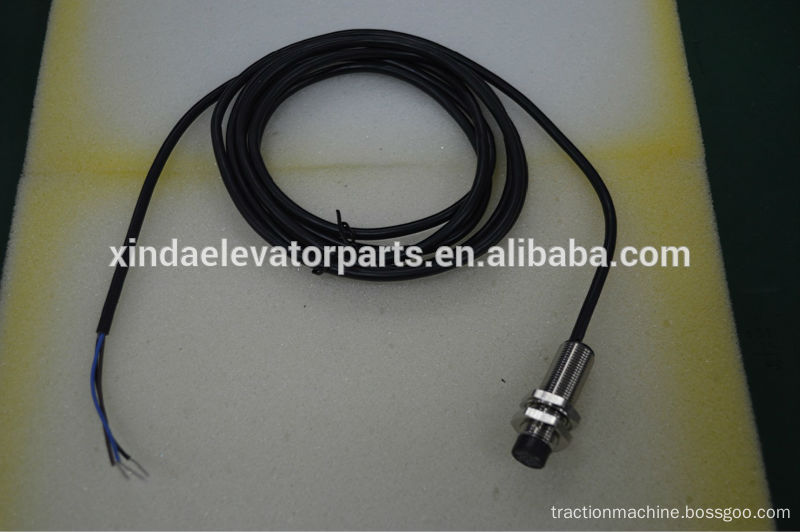The use of pesticides should be based on scientific principles, not just about timing but also about assessing the number of pests and diseases, as well as the level of damage they cause. When a pest outbreak occurs, how do you determine if it has reached the threshold for treatment? Several factors must be taken into account, including the type of crop, its resistance to pests, the kind of pesticide available, the method of control, the expected effectiveness, and the economic benefits. Therefore, establishing accurate treatment thresholds is essential. Here are some key principles to guide your decision-making:
(1) Cost-effectiveness is crucial. This means using the least amount of control measures possible to prevent significant economic losses from pests. If the infestation is light and the potential damage is minimal, applying pesticides may actually cost more than the damage they prevent. In such cases, it's better to avoid pesticide use unless absolutely necessary.
(2) Monitoring pest population density is important. For example, with cotton bollworms, if there are 100–300 eggs per 100 plants, chemical control is recommended. For sorghum, if there are more than 50 eggs per acre, a general application is needed, while less than 50 eggs may require only targeted prevention. Similarly, in rice fields, if more than 30 dry heart groups are found per acre, treatment is necessary, whereas fewer than 30 may only need monitoring and selective intervention.
(3) The China Pesticide Network advises considering the role of natural predators and the broader ecosystem when making control decisions. Protecting and utilizing beneficial organisms can reduce the need for chemical interventions. For instance, in rice fields, although the presence of brown rice blast may suggest the need for treatment, if there are many predatory spiders present—such as a ratio of spider mites to locusts of 1:8 or 1:9—it may be unnecessary to apply chemicals at that time.
In addition, it's important to regularly monitor pest populations and keep records of past treatments to refine future strategies. Farmers should also stay informed about local weather conditions, as they can significantly influence pest development. By combining scientific knowledge with practical experience, farmers can make smarter, more sustainable pest management decisions that protect both their crops and the environment.
Product
- XS230BLNAL2C Approach switch for escalator step escalator electric spare part
- XS218BLNAL2C Approach switch for escalator main machine escalator electric spare part
- XS212BLNAL2C Approach switch for escalator handrail escalator electric spare part
Specifications
- Sensitive & accurate
- Long life & stable
- With CE certificate

Escalator Sensor Switch, Escalator Sensors and Switches, Sensor Switch for Step Escalator, Sensitive Sensor and Switch
Ningbo Xinda Elevator Traction Technology Co., Ltd. , https://www.xinda-elevator.com